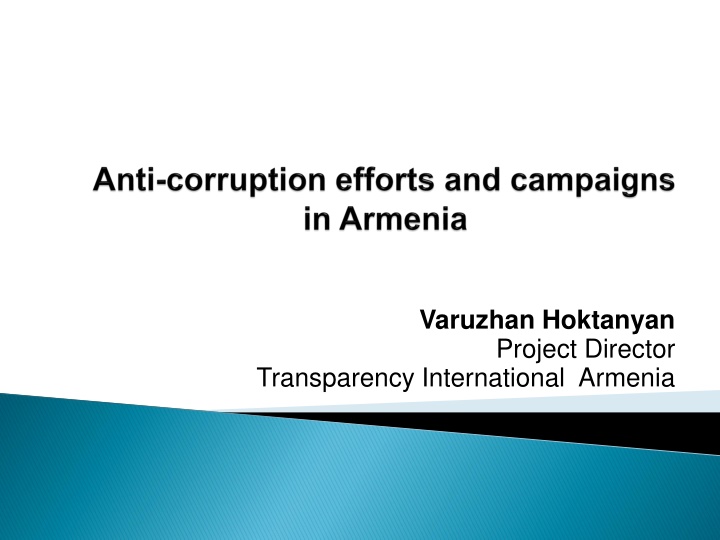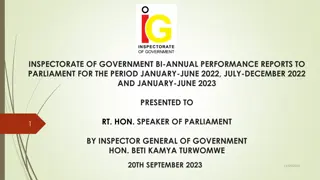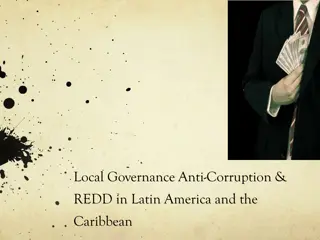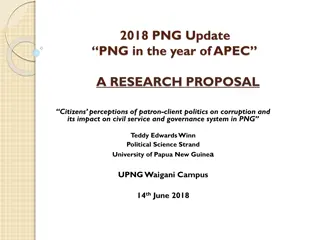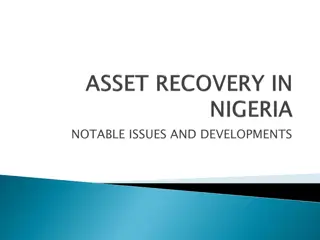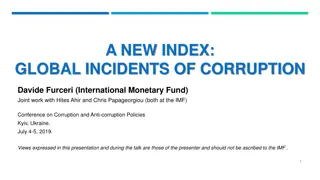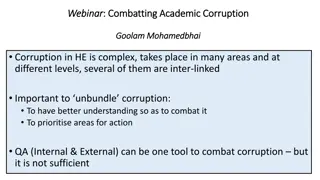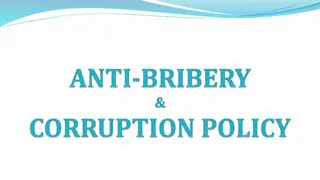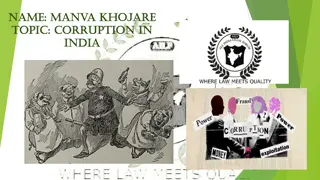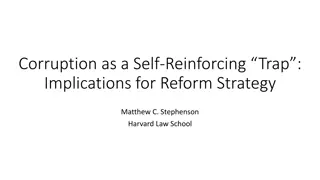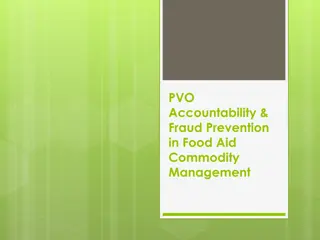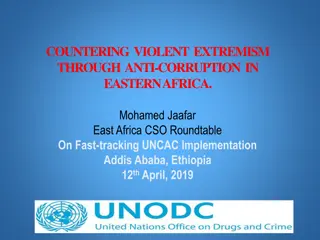Anti-corruption efforts and campaigns in Armenia
Armenia's systemic corruption, characterized by a pyramidal structure, is influenced by political elites, lack of accountability, and state capture. Various forms of corruption like nepotism and bribery plague the nation, with legal and institutional frameworks aiming to combat these issues facing limitations due to political will and resource constraints.
Download Presentation

Please find below an Image/Link to download the presentation.
The content on the website is provided AS IS for your information and personal use only. It may not be sold, licensed, or shared on other websites without obtaining consent from the author.If you encounter any issues during the download, it is possible that the publisher has removed the file from their server.
You are allowed to download the files provided on this website for personal or commercial use, subject to the condition that they are used lawfully. All files are the property of their respective owners.
The content on the website is provided AS IS for your information and personal use only. It may not be sold, licensed, or shared on other websites without obtaining consent from the author.
E N D
Presentation Transcript
Varuzhan Hoktanyan Project Director Transparency International Armenia
What the major anti-corruption indexes tell about Armenia? TI s Corruption Perception Index (CPI) 35 in 2015 on [0-100] scale World Bank s Control of Corruption Index -0.45 in 2015 on [-2.5 2.5] scale Freedom House Corruption Index - 5.25 in 2016 on [1-7] scale
It could be fairly correct to argue that corruption in Armenia has systemic character having pyramidal structure. Root causes of corruption in Armenia Monopolization of economic and political power Convergence of political and business elites Lack of checks and balances between the branches of the government
State capture Political corruption, especially during elections Embezzlement and misuse of public funds Nepotism, cronyism Bribery Different forms of petty corruption
Legal basis National anti-corruption strategies and their action plans 2003-2007, 2009-2012 and 2015-2018 Government programs Armenia s international obligations OECD Istanbul Action Plan, GRECO, UNCAC
Institutional arrangements Council on the fight against corruption Experts Commission Department of the Monitoring of Anti- corruption Programs within the Staff of the Government Different preventive and investigative bodies having specific anti-corruption functions
Limitations of conducting effective policies Lack of political will Weak and inadequate institutions Character of the regime Lack of adequate financial, human and technical resources Passive, apathetic and tolerant to corruption population no pressure from bottom High levels of poverty combined with very small layer of middle class as the agent of change
International organizations NGOs Civic movements Political parties Role of other actors, such as businesses or church is very limited
